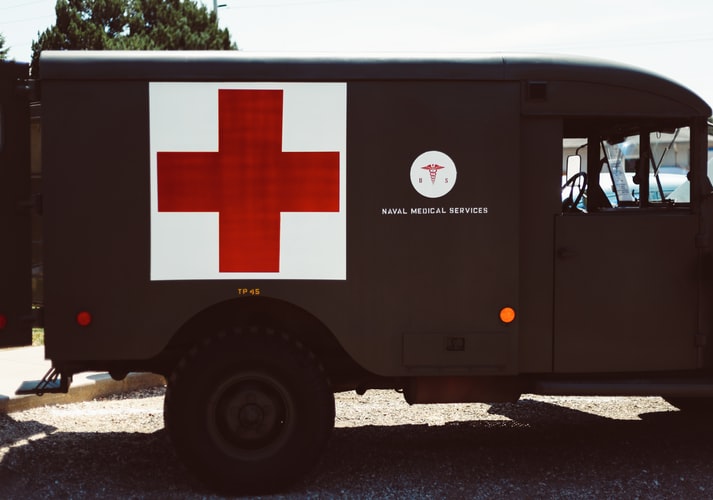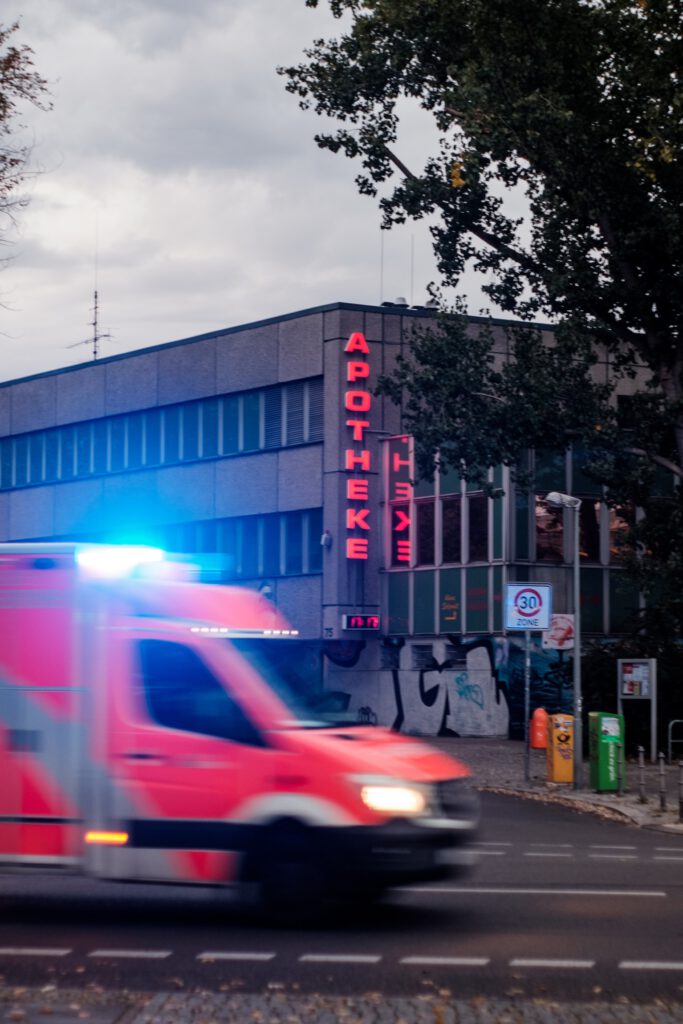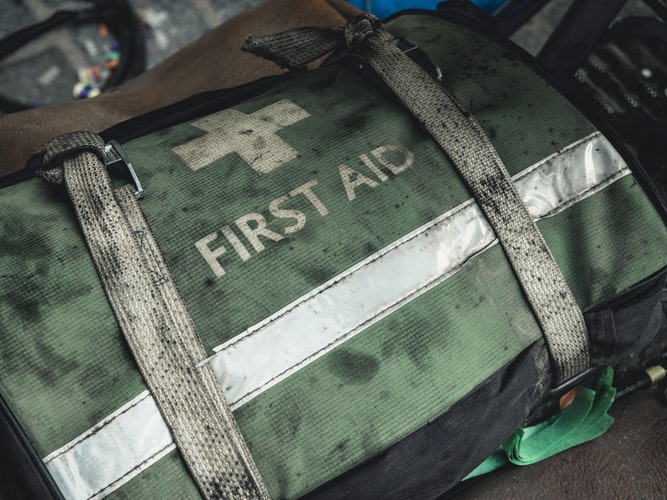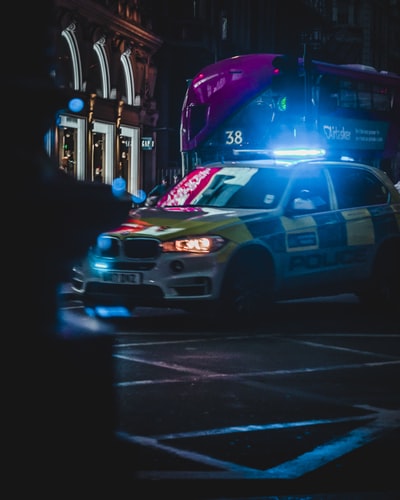First aid and lifesaving skills are very important fundamental skills to have that could give you the ability to help people in emergencies. In this guide we will look at the different skills you should know about first aid and what you can do to help in emergency situations.
Helping Someone In An Emergency
Emergencies often unfold unexpectedly and at random. This often makes them life threatening as there may not always be medically trained people on hand to try and help the casualty. One of the most important things which you need to bear in mind when attending an emergency is in fact your own safety.
Often a mistake people make when attending an emergency is disregarding your own safety. If you fail to ensure your own safety then there could be two casualties instead of one. In order to ensure your safe it is important to check your surroundings before entering the area with the casualty and identify any hazards if possible.

Basic First Aid Checks
There are a number of checks which you can do when you reach the casualty assess their overall condition and injuries. Checking for responsiveness can be done by speaking to the casualty as well as gently applying pressure to illicit a response.
If there is no response from casualty they could be unconscious or may have died. The next step you should take is to assess their breathing. You can do this by tilting their head back and listening for breaths for roughly 10 seconds. If there is no breathing try this once more. If the casualty is not breathing the next step is CPR.
CPR
CPR is the process of attempting to restart the heart through the use of a variety of techniques. The main principle behind CPR is to push hard and fast down on the centre of the chest approximately 30 compression’s then two breaths at a rate of 100 to 120 chest compression’s a minute.
This is a procedure which should only be undertaken if someone is not breathing and has collapsed. The idea behind CPR is that it can help to ensure that healthy blood is flowing around the body. If you have to perform CPR sourcing a defibrillator nearby is the next step to helping to save someones life.
Defibrillators are pieces of equipment that delivers an electric shock to people who have collapsed and stopped breathing. Statistics have shown that the survival rate significantly increases overall when a defibrillator as well as CPR is used.

Minor Injuries
As well as emergency first aid , minor injuries are also other issues which can be tackled by people who are first aid trained. One example would be cuts and scrapes. Cuts and scrapes can be dealt with by plasters and bandages. Generally speaking they should be cleaned out with alcohol prior to this. Bandages and plasters can be used to stem bleeding and prevent infection from occurring.
Conclusion
Overall to conclude it is clear that using first aid and lifesaving skills is a great way through which you can improve your overall skills and help others in emergency situations or accidents.


